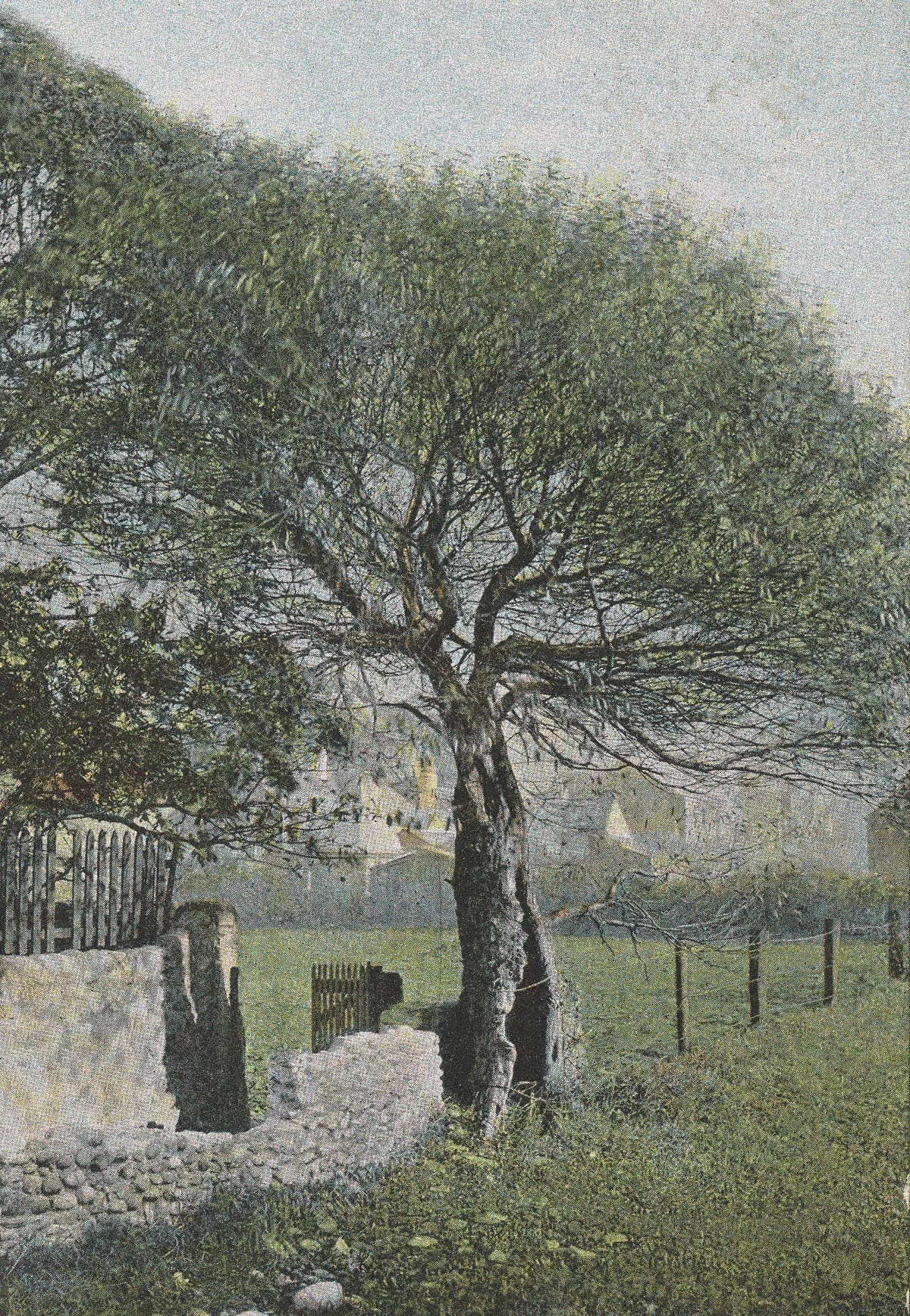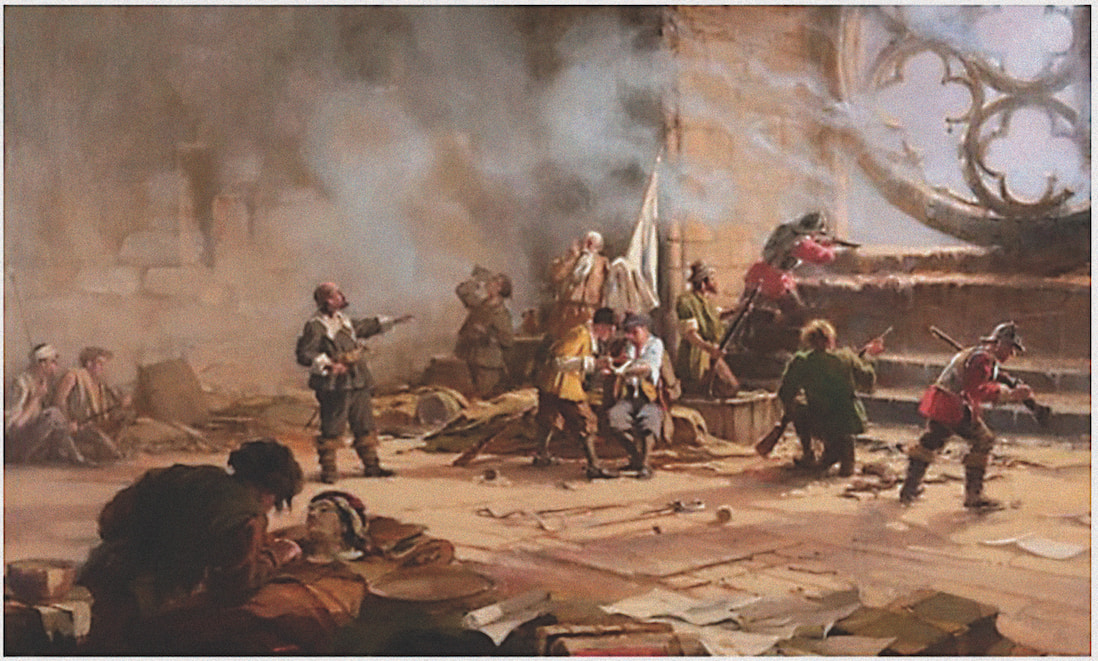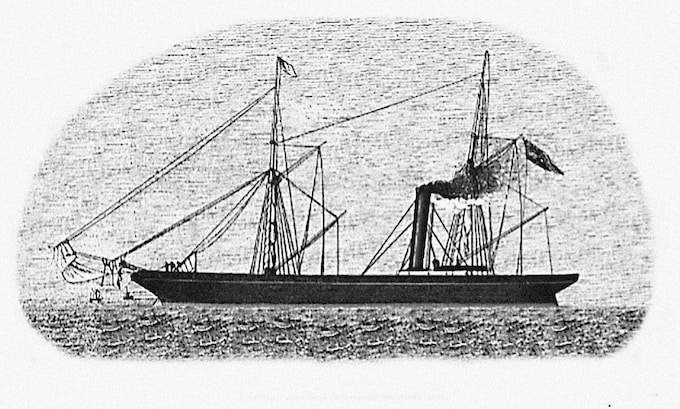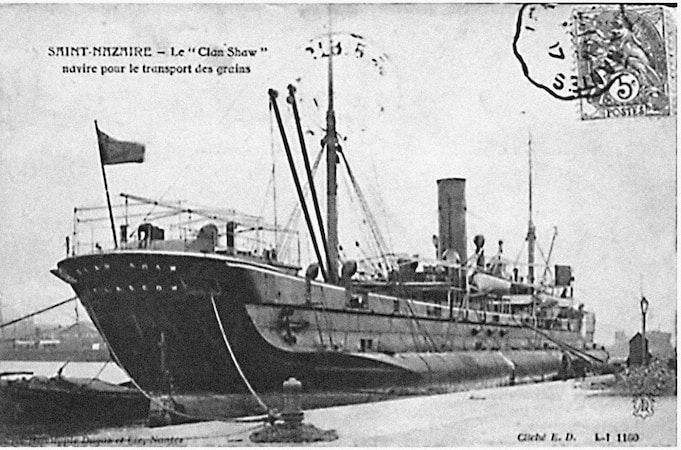


A legend that has captured the imagination relates to the English General Monck and his forces who in September 1651, sacked the city of Dundee and burned it to the ground. Hundreds of the town’s inhabitants were massacred and their possessions looted.
As 60 ships from Dundee Harbour were commandeered and filled with around 200,000 stolen gold coins, the story goes they floundered in a storm near the mouth of the Tay and sunk. No evidence of the treasure, estimated to be worth up to £12 billion, has been located. If the treasure does lie off the coast, salvage would be almost impossible because of the shifting sands over the centuries.

SS Dalhousie was wrecked at the entrance to the Tay with the loss of all hands in 1864. It was heading back to Dundee in a force 9 gale when her engines failed and she went down in only 30 feet of water off Tentsmuir. Wreckage and bodies were strewn along the beach. All hands were lost including the Captain.

The jute liner Clan Shaw was mined by a German U-boat at the mouth of the Tay in 1917. The wreck became a shipping hazard that almost bankrupted the harbour authority at Dundee.
Other ships struck the wreck which was not well marked and this led to huge damages claims against the Dundee Harbour Trust. It was only through the intervention of Winston Churchill, the First Lord of the Admiralty that the costs were reduced. Was it a coincidence that he was the MP for Dundee at the time?